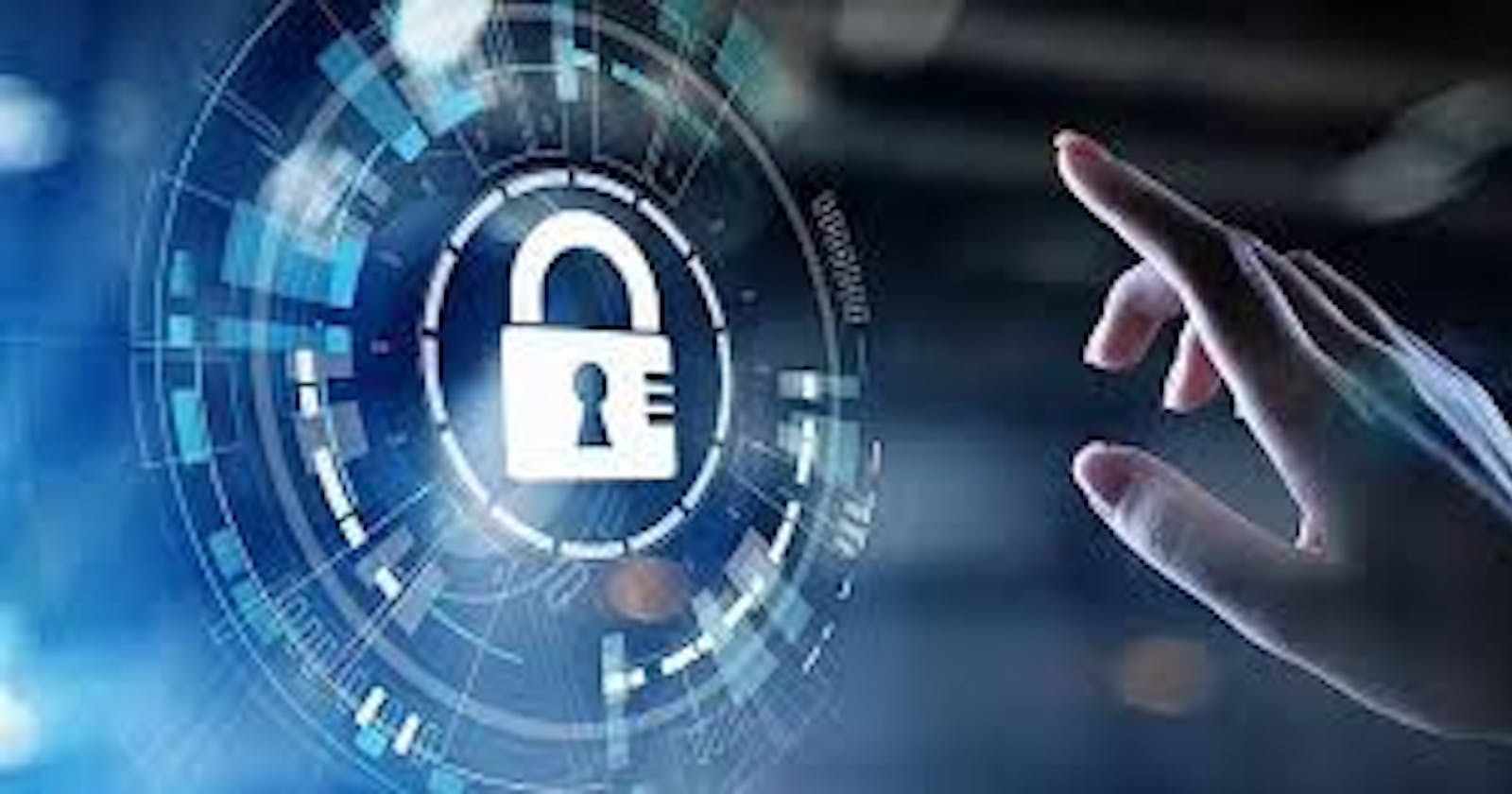(English version below)
Etherscan es un explorador blockchain para la red Ethereum. Puedes consultar transacciones, bloques, direcciones de carteras digitales, contratos inteligentes y otros datos en cadena (on-chain). Es gratuito. Sirve para comprender cómo se interactúa con la blockchain, otras billeteras y DApps.
Todas las interacciones en Ethereum son públicas y Etherscan te permite verlas como un motor de búsqueda. Puedes usar un hash de transacción (ID de transacción) para verificar toda la actividad relacionada, incluidos tokens, smart contracts y direcciones de carteras digitales.
No es necesario registrarse en Etherscan, pero puedes crear una cuenta para obtener funciones adicionales. Por ejemplo, puedes configurar alertas para recibir notificaciones de transacciones entrantes, acceder a herramientas de desarrollo y crear fuentes de datos.
Etherscan solo funciona como una fuente de información de blockchain y una base de datos de smart contracts.
Cómo buscar una transacción y una billetera en Etherscan
Dirígete a la página de inicio de Etherscan y busca el campo de búsqueda en la parte superior de la página.

A continuación, copia y pega el ID de transacción (TXID) en el campo de búsqueda y presiona el icono de búsqueda.

Ahora puedes ver todos los detalles relacionados con tu transacción en particular:

También puedes presionar el botón [Haz clic para ver más] para obtener información más detallada, esto es lo que puedes puedes ver y lo que significa cada campo:
Hash de transacción: La cadena de números y letras (TXID) asociada con tu transacción en particular.
Estado: Si tu transacción ha fallado, está en progreso o fue exitosa.
Bloque: El número de bloque en el que se incluyó tu transacción. También puedes ver cuántas veces se ha confirmado tu transacción. Este es el número de bloques agregados a la cadena después de tu transacción de bloque.
Marca de tiempo: La marca de tiempo del bloque al que se agregó tu transacción.
Desde: La dirección de la billetera que realizó la transacción.
Para: La dirección de recepción o smart contract.
Valor: La cantidad enviada en la transacción.
Comisión de la transacción: La comisión que se paga por realizar la transacción.
Precio del gas: El costo por unidad de gas para la transacción.
Información sobre si una transacción se realizó bajo el antiguo sistema de gas heredado o el nuevo sistema de comisiones de bloque EIP-1559.
Cómo buscar los smart contracts en Etherscan.
Si interactúas regularmente con los smart contracts en las DApps, es una buena idea aprender cómo encontrarlos en Etherscan. De esta manera, puedes verificar que estás enviando tus fondos al contrato correcto.
Si alguna vez necesitas agregar un nuevo token a tu billetera, tendrás que encontrar la dirección del contrato del token. La dirección del smart contract contiene la lógica del token, como la forma en que se realizan las transferencias de tokens y otros comportamientos.
Para encontrar una dirección de token, puedes dirigirte a CoinMarketCap , CoinGecko o al sitio web oficial del proyecto. También puedes consultar Tokens
Como ejemplo revisemos el token Shiba Inu ERC-20 en Ethereum: 0x95ad61b0a150d79219dcf64e1e6cc01f0b64c4ce
Copia y pega la dirección del smart contract en el campo de búsqueda.
Ahora verás los detalles sobre el saldo del contrato y otra información general sobre el contrato del token Shiba Inu (SHIB).
Debajo, tenemos más opciones para ver, incluidas las transacciones, una sección de comentarios y el smart contract en sí. Haz clic en Contrato para ver las opciones disponibles para interactuar y leer las reglas de Shiba Inu.
La pestaña Leer contrato muestra la información general del contrato. Te permite, por ejemplo, consultar el saldo de direcciones o billeteras específicas que tienen permiso para usar el token en tu billetera.
Al hacer clic en Escribir contrato te permite interactuar con el contrato directamente. Esto es útil cuando las plataformas DeFi y las DApps no están disponibles, quizás debido a un problema técnico o una interrupción del sitio web. En algunos casos, puedes intentar interactuar con el smart contract en su lugar, sin utilizar la API del proyecto.
Al hacer clic en Conectar a Web3 te permitirá conectar una billetera cripto como MetaMask o Binance Chain Wallet e interactuar con el contrato.
La acción más simple aquí sería una transferencia de monedas. Con transferFrom, puedes transferir tokens desde una dirección sobre la que tienes permiso a otras direcciones.
transfer te permite transferir el token asociado al contrato desde tu billetera conectada. La transacción a continuación enviaría 1 SHIB desde nuestra billetera conectada, a la dirección de la billetera receptora pegada. También debes asegurarte de incluir la cantidad correcta de decimales para la cantidad que deseas enviar.
Cómo verificar los precios del Gas en Etherscan
Los precios del Gas las comisiones de transacción de Ethereum. Estas comisiones cambian según el bloque en el que esté incluida tu transacción. Cada bloque tiene una comisión fija que varía según el tráfico de la red. El rastreador de gas en Etherscan te muestra la diferencia en precio y tiempo a diferentes precios de gas. Es una herramienta útil para predecir aproximadamente qué tan congestionada está la red y cuánto probablemente tendrías que pagar para enviar una transferencia simple o interactuar con un smart contract más complicado.
Cómo encontrar airdrops en Etherscan
Etherscan también actúa como una base de datos para airdrops en curso en la red Ethereum. Cada airdrop tendrá sus propias reglas para participar que puedes ver en la columna [Detalles]. Puedes encontrar la lista de airdrops dirigiéndote a airdrops
English Version
Etherscan is a blockchain explorer for the Ethereum network. You can view transactions, blocks, addresses of digital wallets, smart contracts and other on-chain data. Is free. It serves to understand how to interact with the blockchain, other wallets and DApps.
All interactions on Ethereum are public and Etherscan allows you to view them as a search engine. You can use a transaction hash (transaction ID) to verify all related activity, including tokens, smart contracts, and digital wallet addresses.
You don't need to register with Etherscan, but you can create an account to get additional features. For example, you can set up alerts to receive notifications of incoming transactions, access development tools, and create data sources.
Etherscan only works as a source of blockchain information and a database of smart contracts.
How to search for a transaction and wallet on Etherscan
Head to the Etherscan home page and look for the search field at the top of the page.

Next, copy and paste the transaction ID (TXID) into the search field and hit the search icon.

Now you can see all the details related to your particular transaction:

You can also press the button [Click to see more] to get more detailed information, this is what you can see and what each field means:
Transaction hash: The string of numbers and letters (TXID) associated with your particular transaction.
Status: If your transaction has failed, is in progress or was successful.
Block: The block number in which your transaction was included. You can also see how many times your transaction has been confirmed. This is the number of blocks added to the chain after your block transaction.
Timestamp: The timestamp of the block to which your transaction was added.
From: The address of the wallet that made the transaction.
To: The reception address or smart contract.
Value: The amount sent in the transaction.
Transaction commission: The commission paid to carry out the transaction.
Gas Price: The cost per unit of gas for the transaction.
Information on whether a transaction was made under the old legacy gas system or the new EIP-1559 block commission system.
How to find smart contracts in Etherscan.
If you regularly interact with smart contracts in DApps, it is a good idea to learn how to find them in Etherscan. This way, you can verify that you are sending your funds to the correct contract.
If you ever need to add a new token to your wallet, you will have to find the token contract address. The smart contract address contains the logic of the token, such as how token transfers are performed and other behaviors.
To find a token address, you can go to CoinMarketCap, CoinGecko or the official website of the project. You can also check Tokens
As an example let's review the Shiba Inu ERC-20 token on Ethereum: 0x95ad61b0a150d79219dcf64e1e6cc01f0b64c4ce
Copy and paste the address of the smart contract in the search field.
You will now see the details about the contract balance and other general information about the Shiba Inu Token (SHIB) contract.
Below we have more options to view, including transactions, a comment section, and the smart contract itself. Click on Contract to see the options available to interact and read the Shiba Inu rules.
The Read Contract tab shows the general information of the contract. It allows you, for example, to check the balance of specific addresses or wallets that have permission to use the token in your wallet.
Clicking on Write contract allows you to interact with the contract directly. This is useful when DeFi platforms and DApps are not available, perhaps due to a technical issue or website outage. In some cases, you can try to interact with the smart contract instead, without using the project's API.
Clicking Connect to Web3 will allow you to connect a crypto wallet such as MetaMask or Binance Chain Wallet and interact with the contract.
The simplest action here would be a coin transfer. With transferFrom, you can transfer tokens from an address you have permission to to other addresses.
transfer allows you to transfer the token associated with the contract from your connected wallet. The transaction below would send 1 SHIB from our connected wallet, to the address of the pasted receiving wallet. You should also make sure to include the correct number of decimal places for the amount you want to send.
How to check Gas prices on Etherscan
Gas prices Ethereum transaction fees. These commissions change depending on the block in which your transaction is included. Each block has a fixed commission that varies according to network traffic. The gas tracker on Etherscan shows you the difference in price and time at different gas prices. It is a useful tool for predicting roughly how congested the network is and how much you would likely have to pay to send a simple transfer or interact with a more complicated smart contract.
How to find airdrops in Etherscan
Etherscan also acts as a database for ongoing airdrops on the Ethereum network. Each airdrop will have its own rules to participate that you can see in the [Details] column. You can find the list of airdrops by going to airdrops

